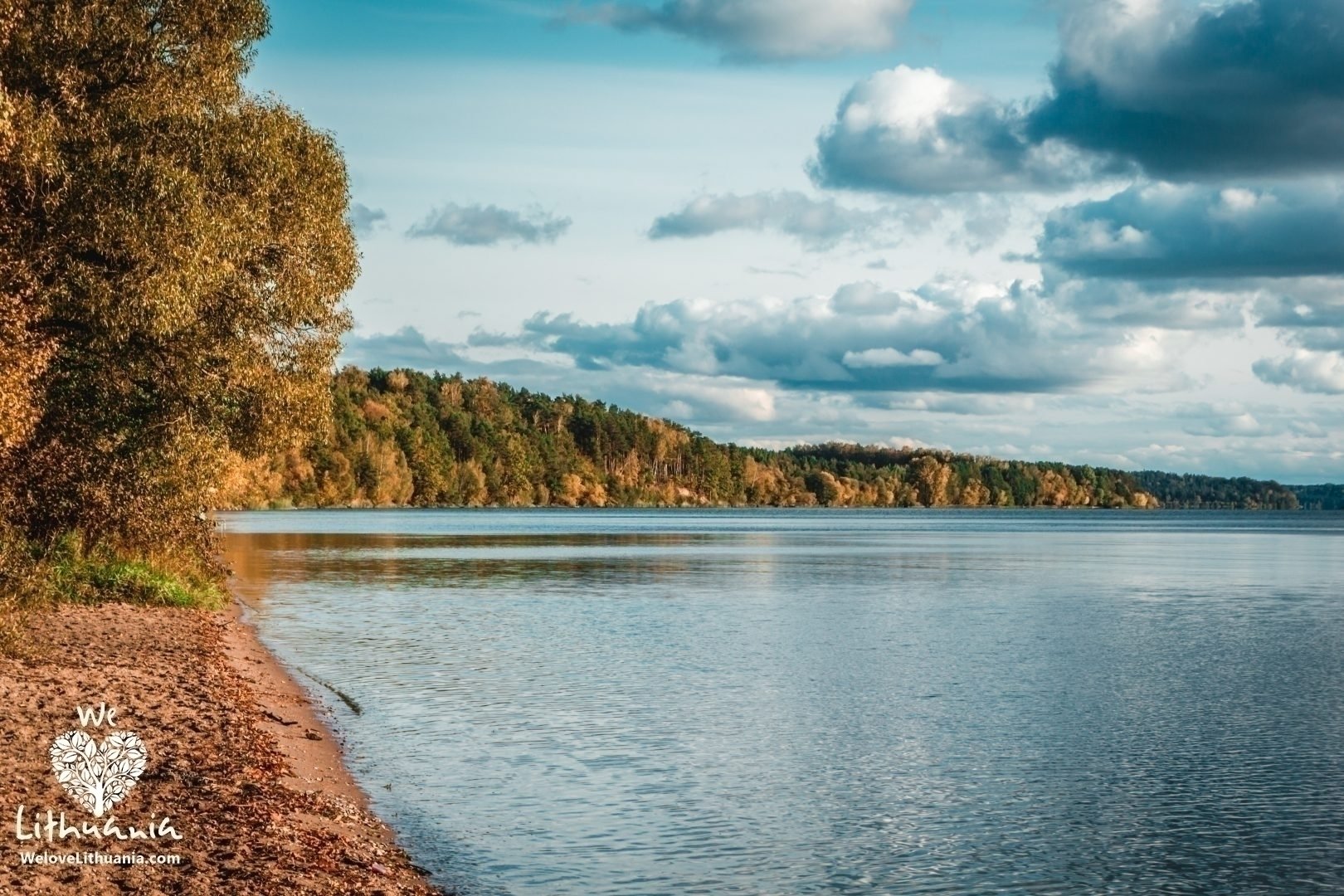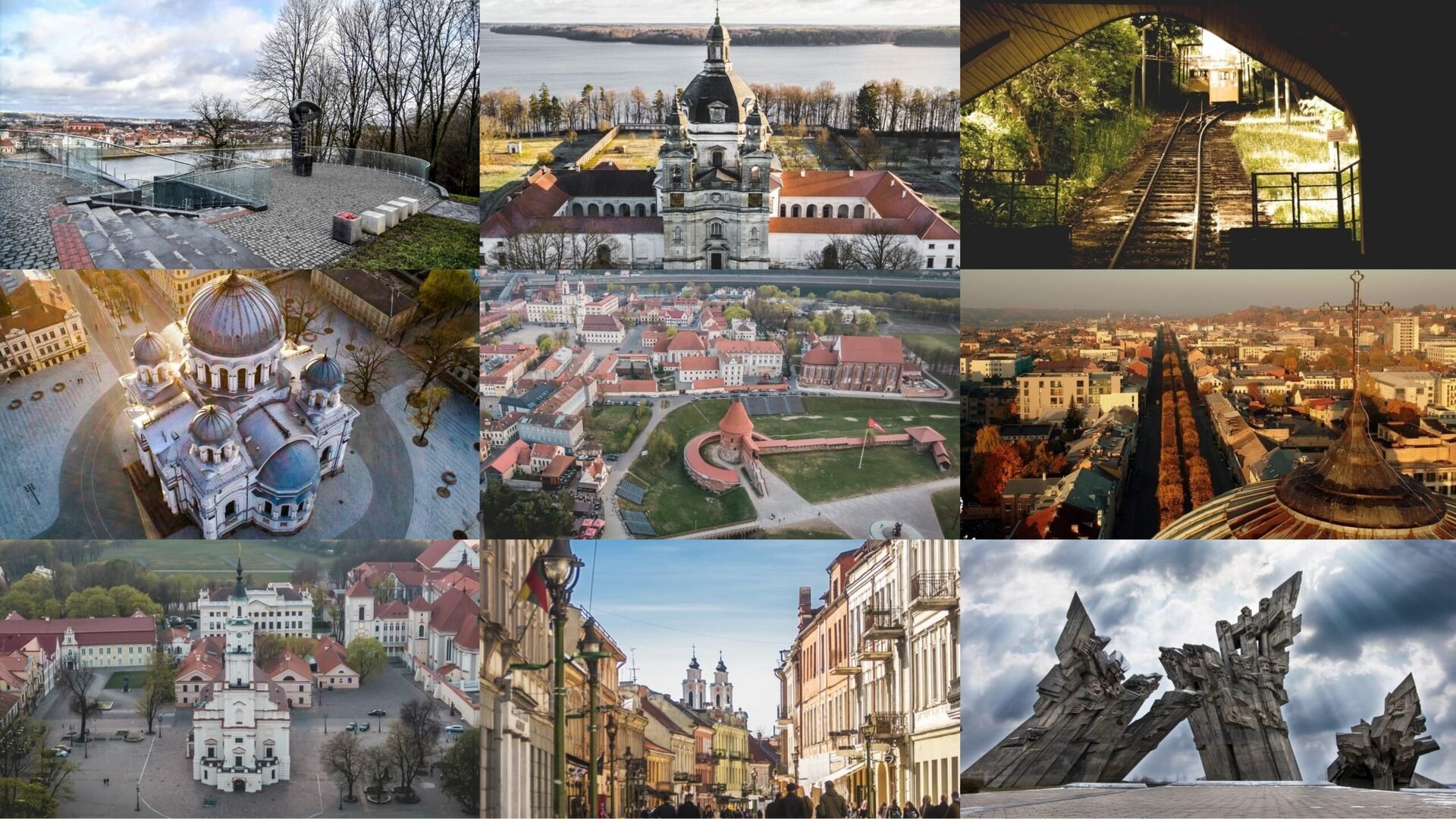Kaunas is the second-largest city in Lithuania, located at the confluence of the Nemunas and Neris rivers. From 1920 until 1939, Kaunas was the capital of Lithuania when Poland occupied Vilnius. From the early history, Kaunas was a city rich in culture and national character that now offers many attractions and beautiful sights.
Here is a list of the top 11 things to do in Kaunas:
The oldest historical object in Kaunas is the 14th-century stone castle, first mentioned in written sources in 1361. There is a belief that during those times, the new building structure was constructed on the site of a former wooden castle that countered the Teutonic Order attacks. Currently, the building is a part of the Kaunas City Museum. The renovated tower interior hosts modern exhibitions dedicated to the history, and the courtyard became a place for cultural events and festivals.

The ensemble of Pažaislis Church and Monastery, founded in 1664, is located very close to Kaunas Lagoon, on Pažaislis Hill. It’s one of the two surviving monasteries and church ensembles in Lithuania. Pažaislis ensemble represents the most excellent masterpieces of Baroque architecture in North-Eastern Europe designed and decorated by Italian architects, sculptors, and painters. Also, the Monastery has the oldest church tower clock in Lithuania.
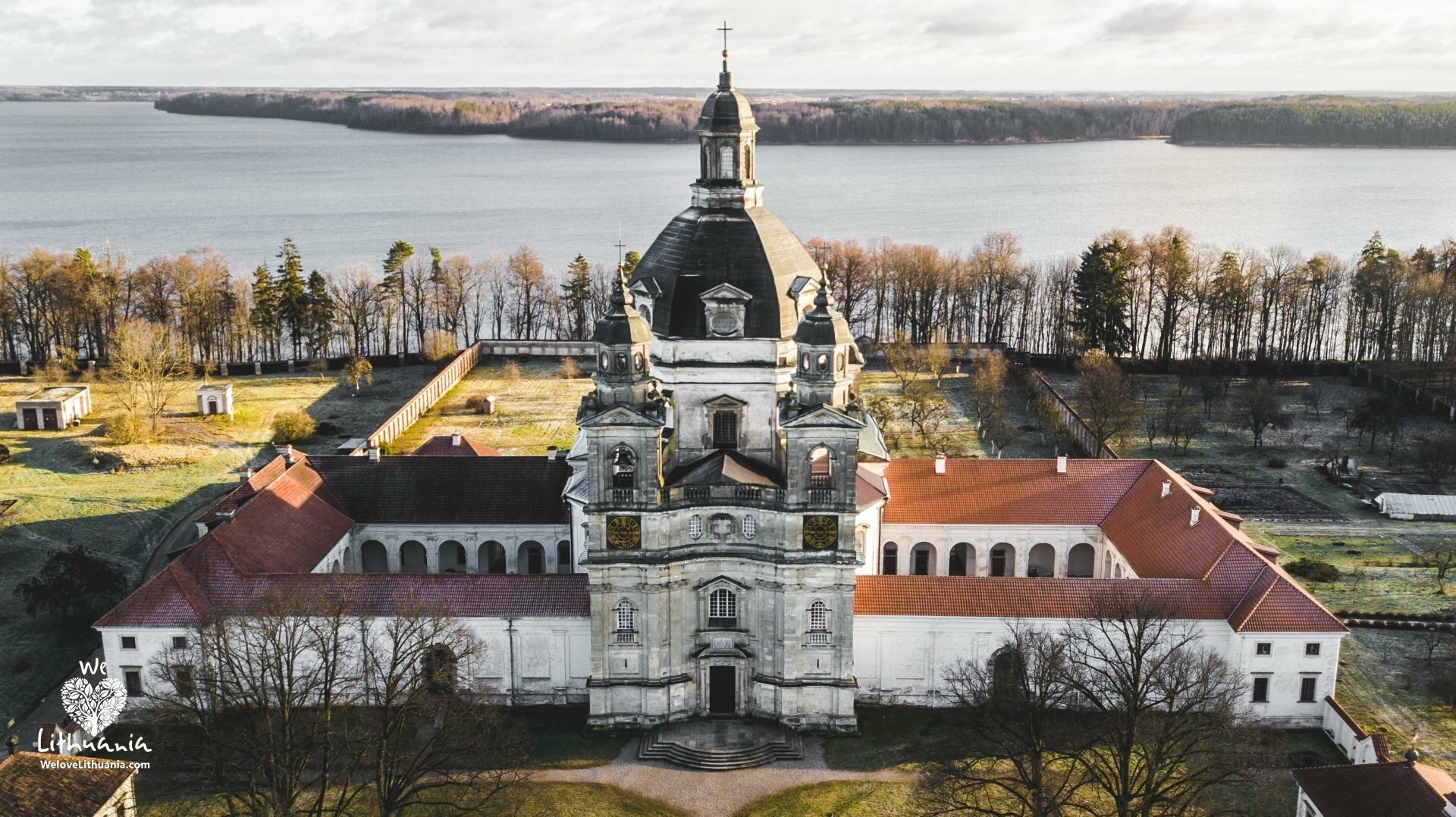
The Ninth Fort, constructed in the early 20th-century, is the last part of Kaunas Fortress. When the Soviet Union occupied Lithuania, the fort functioned as a prison and a station to transport prisoners to labour camps. After the restoration of the Lithuanian state in 1918, the fort housed a transport battalion. During the Nazi occupation, Jews, Soviets, and people from other nations were executed here. In 1958, the Soviet Council of Ministers established the Museum of the History of the Revolution.
After the restoration of Lithuanian independence in 1990, the opportunity for free expression of thought arose, and people began to speak publicly on previously banned topics during the fifty years of Soviet occupation. The Kaunas IX Fort Museum got an opportunity to expose the atrocities committed by the Nazis and the Soviet brutality. Over time, the museum opened new expositions that introduce visitors to all Ninth Fort history; it’s a historically significant place. Visitors can see the horrific prison cells and the life people had to endure during the occupational times and hear their stories.
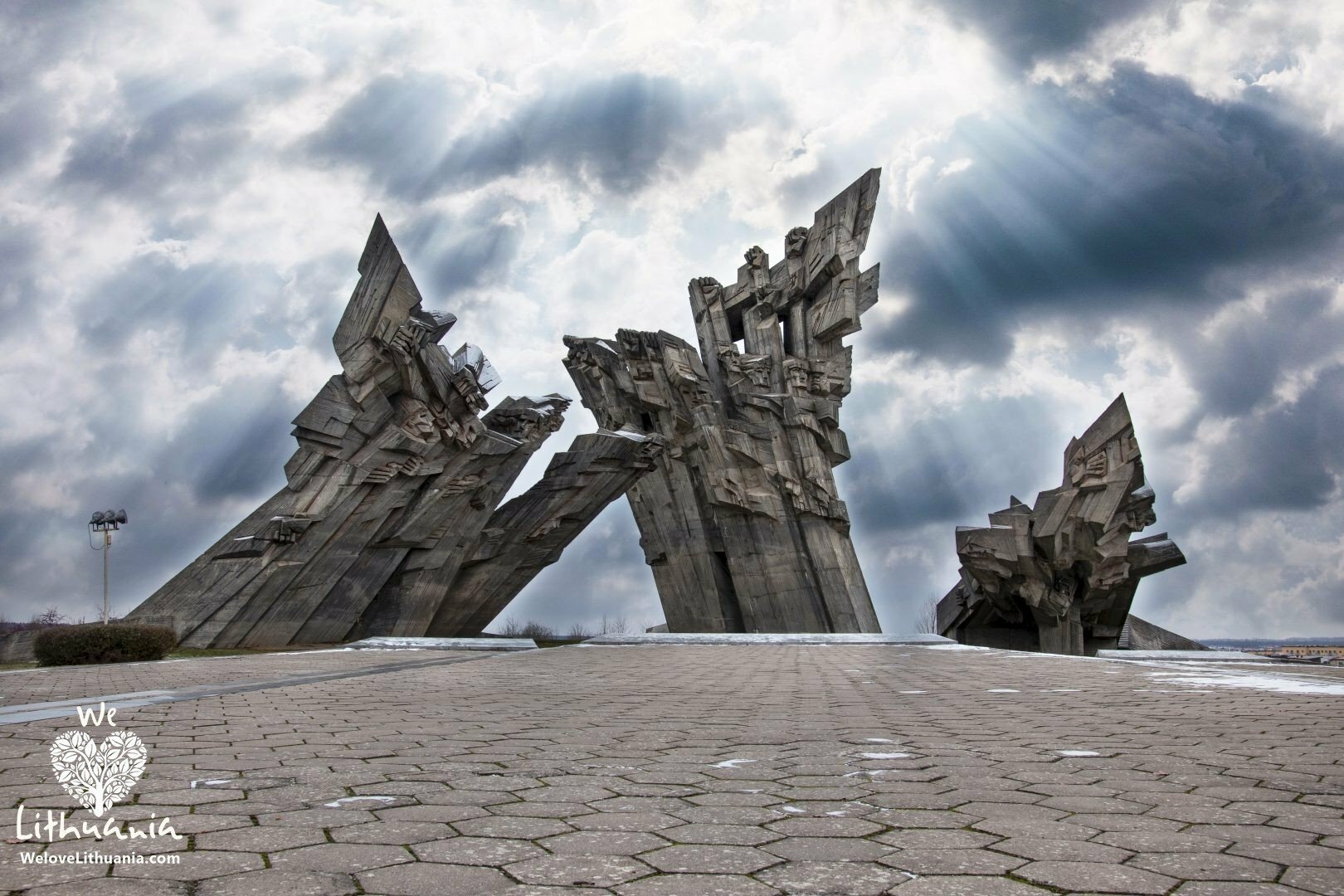
The museum exhibits works of the possibly best-known Lithuanian painter and composer Mikalojus Konstantinas Čiurlionis (1875-1911). His art is filled with fantasies, symbols, forms, various images of nature, and echoes musical thoughts. The artist is considered as a representative of the Symbolism and Art Noveau movements. Čiurlionis’ legacy and artworks are the highlights of the museum. The rest of the collection includes 15th-20th century Lithuanian folk art, Lithuanian and foreign fine and applied arts, ancient world art, numismatics, and Lithuanian artistic life archives.
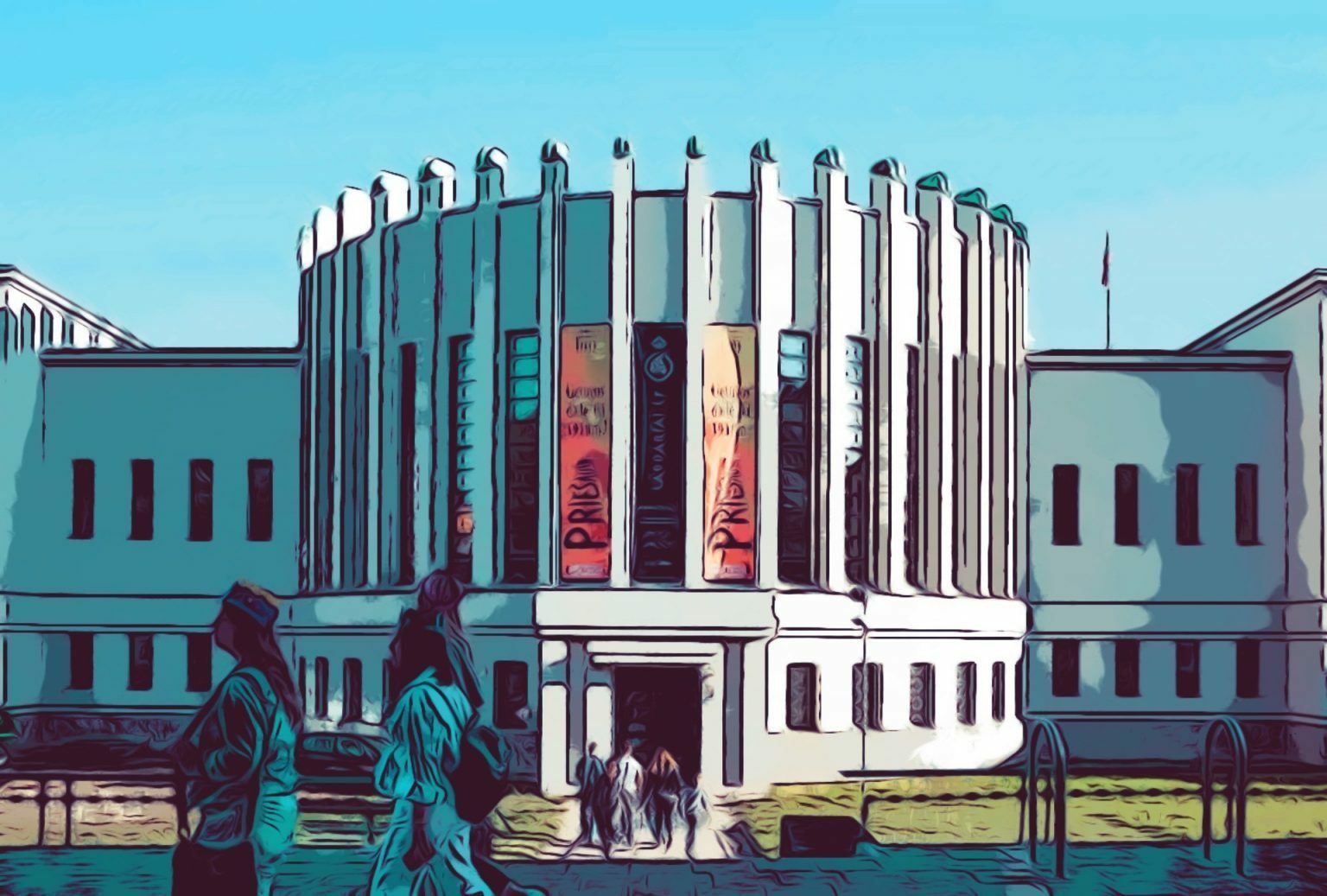
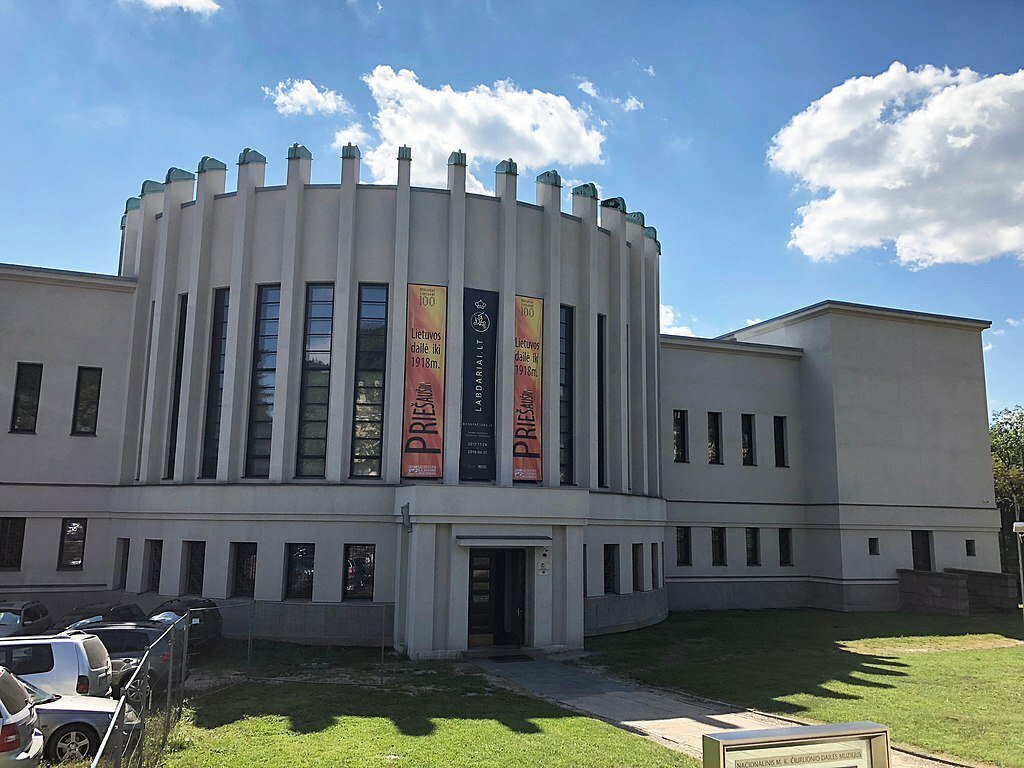
There are many Gothic, Renaissance, and Baroque-style buildings in Kaunas Old Town, especially in the western part.
The Old Town’s main street is Vilniaus street — once, it was an old medieval stone-paved road to Vilnius. Many of the buildings along the road were wooden. Later affluent townspeople built brick houses, some of which have survived to this day and are still easy to identify. Don’t forget to visit the notable buildings on Vilniaus str. 7, 10, and 11, the Neogothic Kaunas Cathedral Basilica on Vilniaus str. 1, and Historical Presidential Palace Vilniaus str. 33.
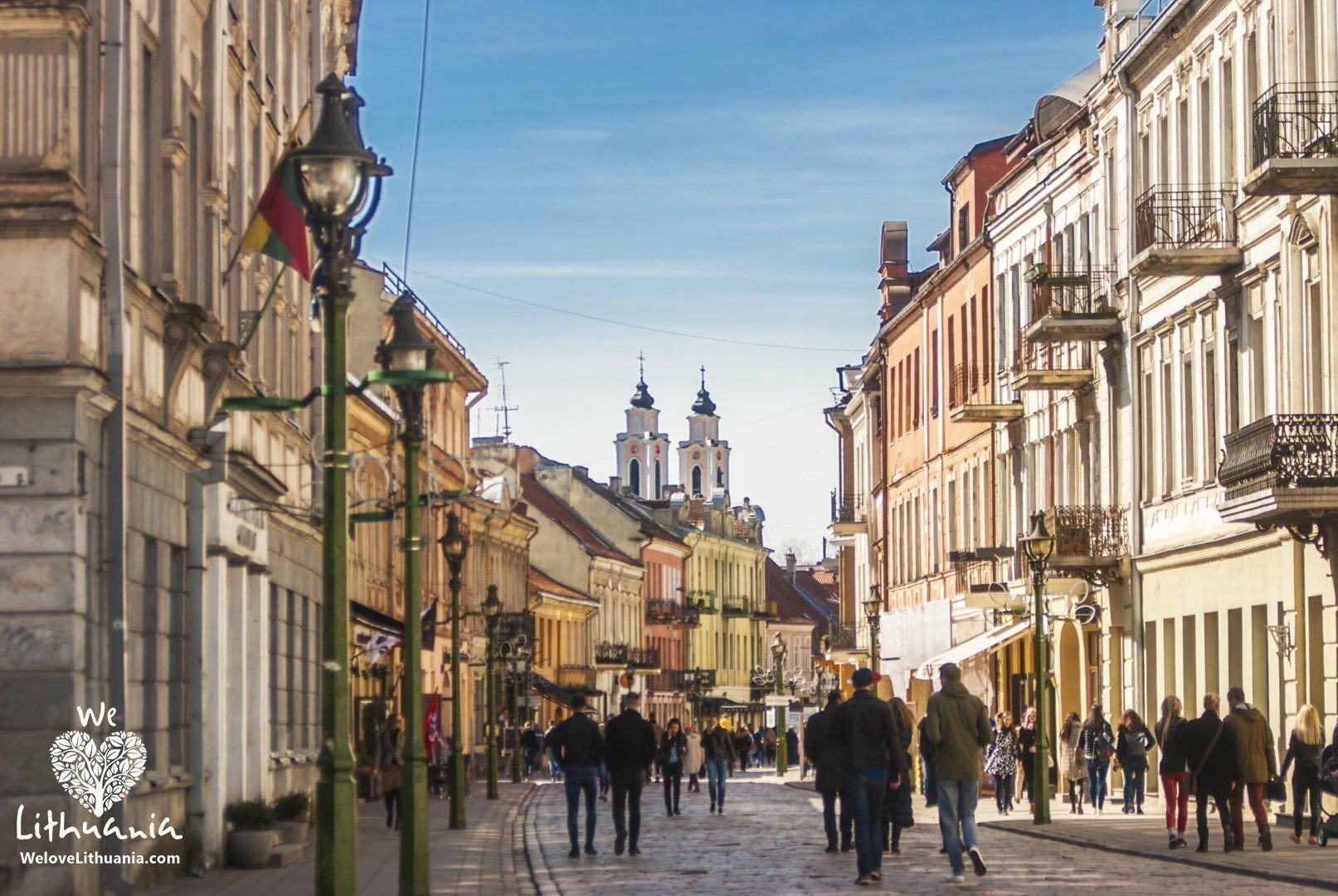
The Gothic 13th-century Church of Vytautas the Great is one of the Old Town highlights, among other objects, including the House of Perkūnas, Old Kaunas Ducal Palace, and Siručiai Palace.
The first Town Hall construction happened in the 16th-century. Throughout the centuries, the building was reconstructed and altered. In different periods, the Town Hall’s purpose changed: it held city’s markets, fairs, and trials, it was a warehouse for goods, nine wax melting furnaces operated under the floor, once Town Hall was a prison. Now it’s open as a museum. The building has Gothic, Baroque, and early Classicist elements. The 53 meter-high tower is the tallest in the Old Town.
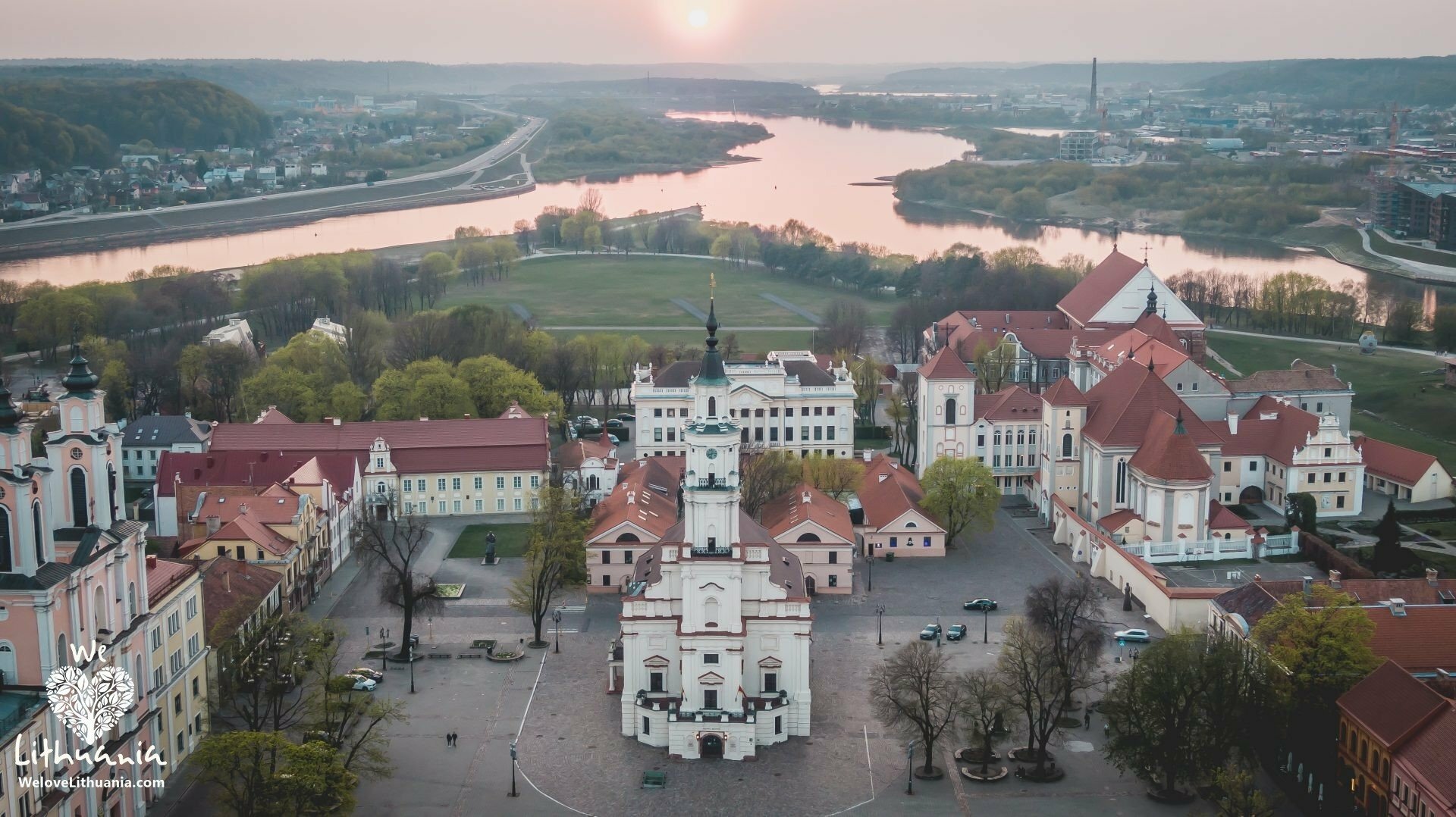
Liberty Avenue is the oldest section of Kaunas and the longest pedestrian street in Eastern Europe (stretching for 1.6 km). It was built in the middle of the 19th-century when Kaunas was expanding under the tsarist regime. Since then, many restaurants, bars, cafes, shops, and theatres were open in the avenue.
While walking along the boulevard, visitors get acquainted with the heritage of Kaunas interwar modernist architecture. The street is symbolic to Kaunas — no other Lithuanian city has such a unique avenue.
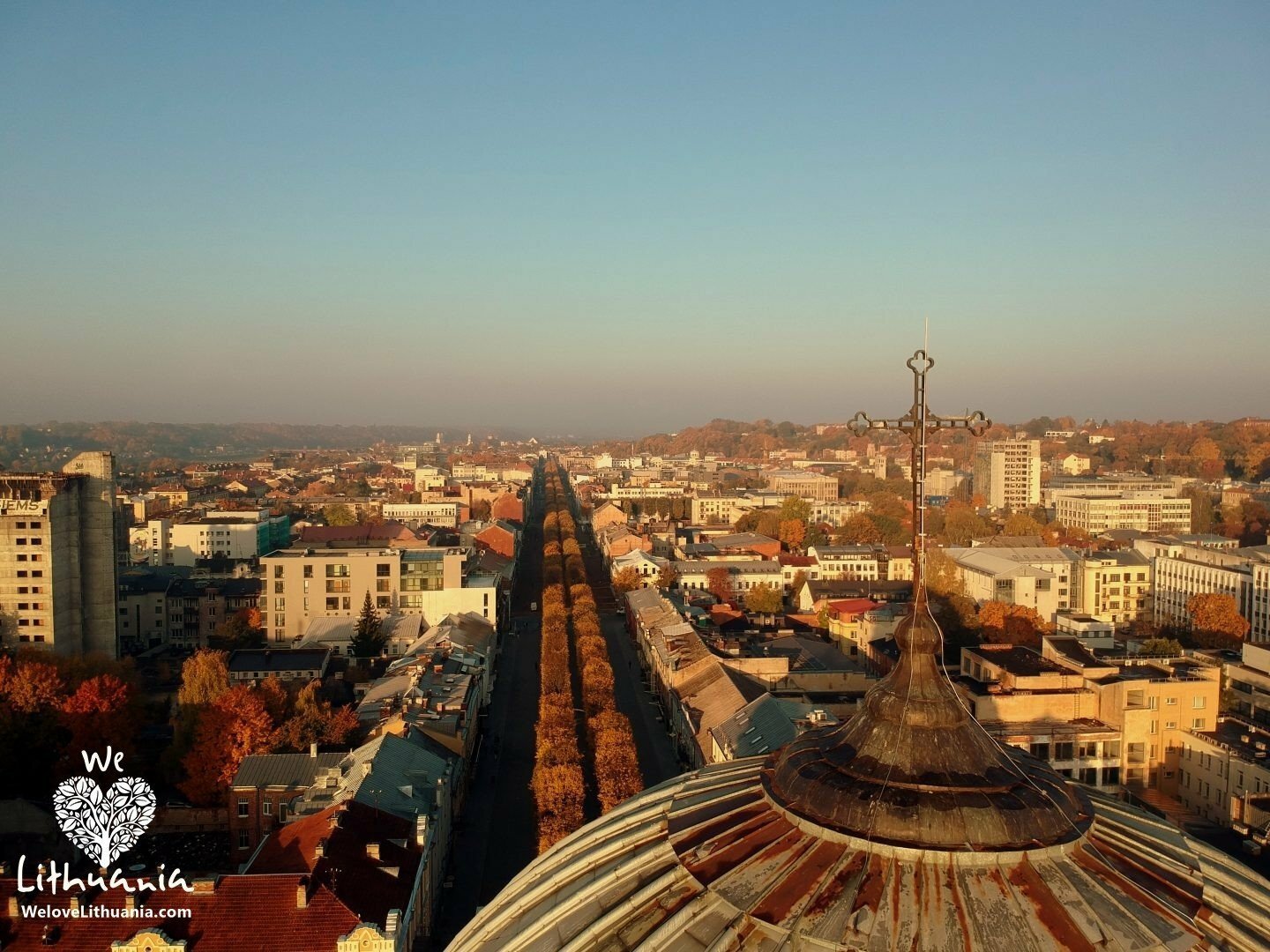

The church was built between 1891 and 1895 in a Neo-Byzantine style under Russian Tsar Alexander III. Constructed as an Orthodox Cathedral, the tsar wanted it to become the Kaunas fortress garrison that represents affluence. Russian architects designed the building’s structure, and artists from St. Petersburg decorated it. The Garrison Church is open to visitors and holds concerts, performances, displays exhibitions.
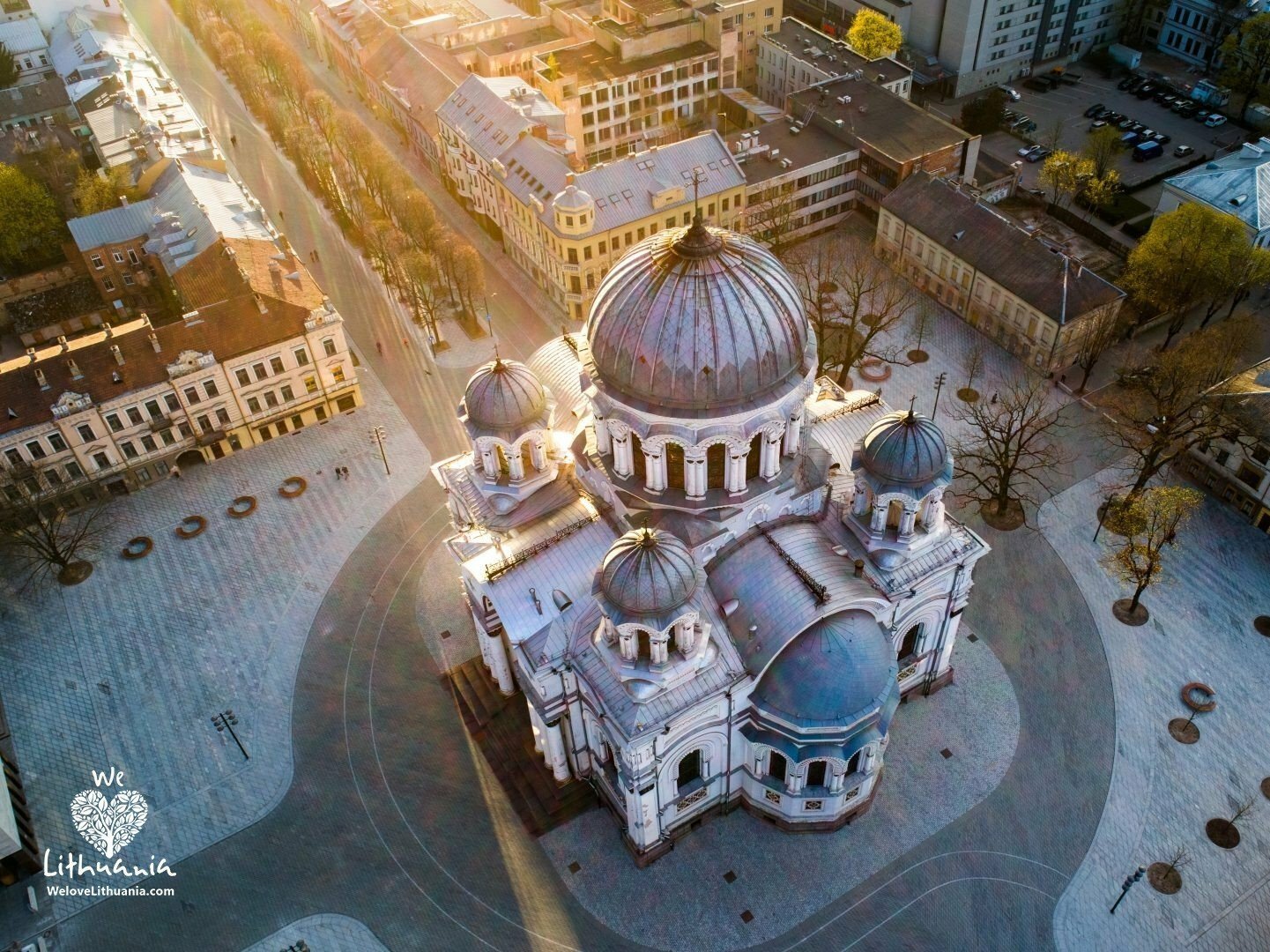
Žaliakalnis Funicular is the first funicular railway in the country. Operating since 1931, it’s one of the oldest types of vehicles in Europe. Formerly known as a rope tram, it connects Žaliakalnis — the largest residential area in the upper part of the city, with the Old Town at the bottom.
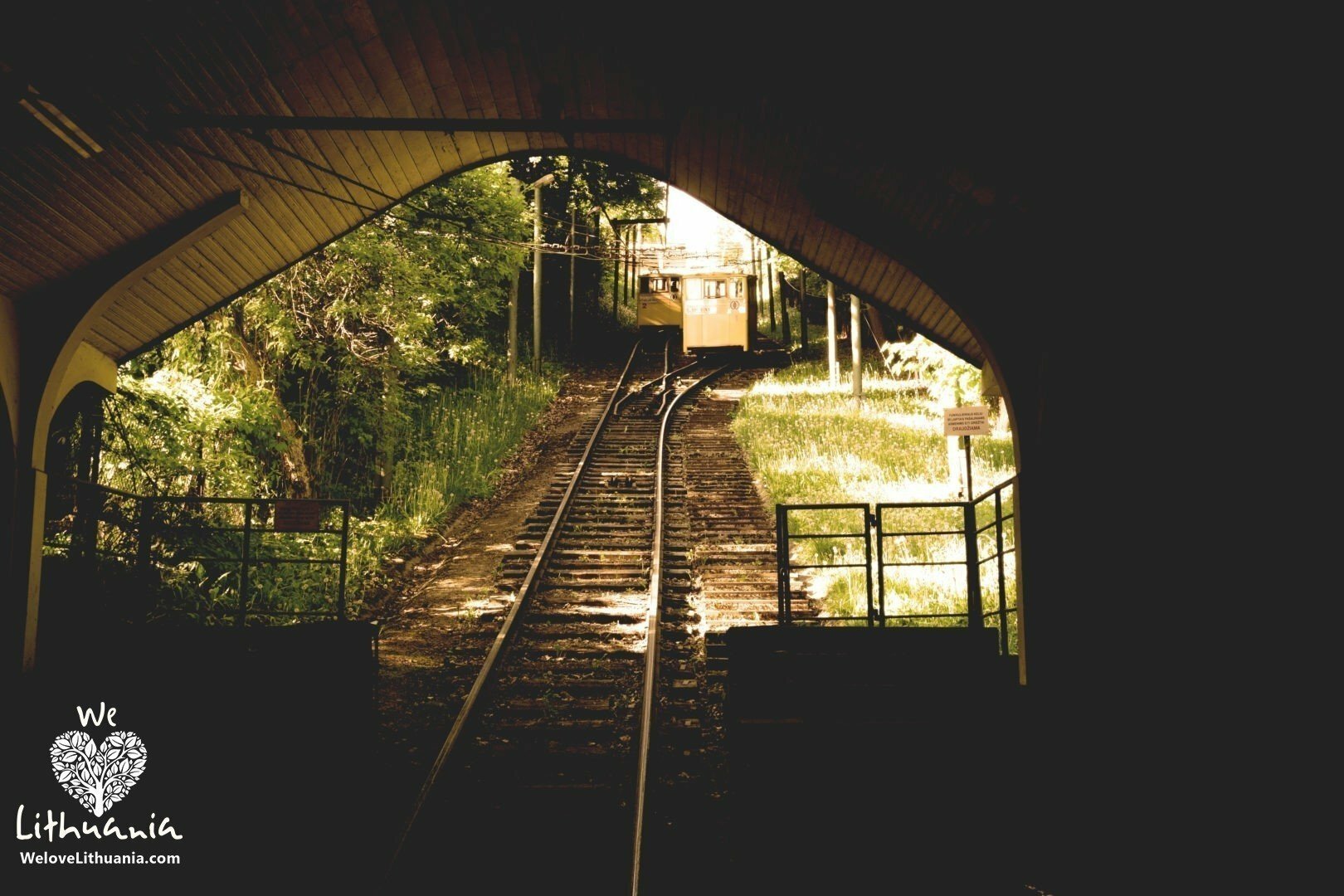
The most favorited observation deck in Kaunas stands on Aleksotas Hill. From here opens a beautiful panorama of Kaunas city center and the Old Town. To reach the top, visitors can take the stairs, use the Aleksotas Funicular (which operates since 1935) or come by car.
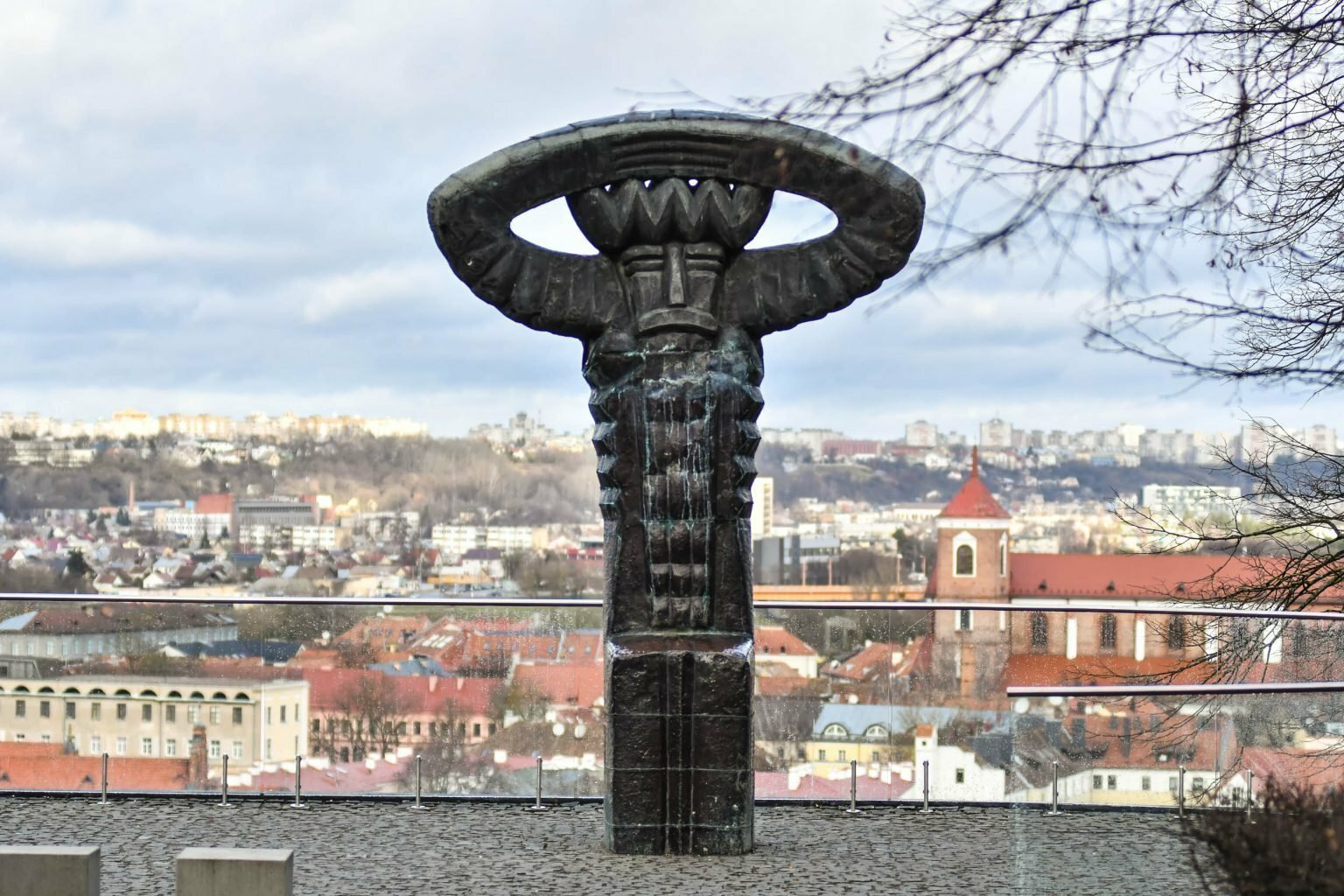
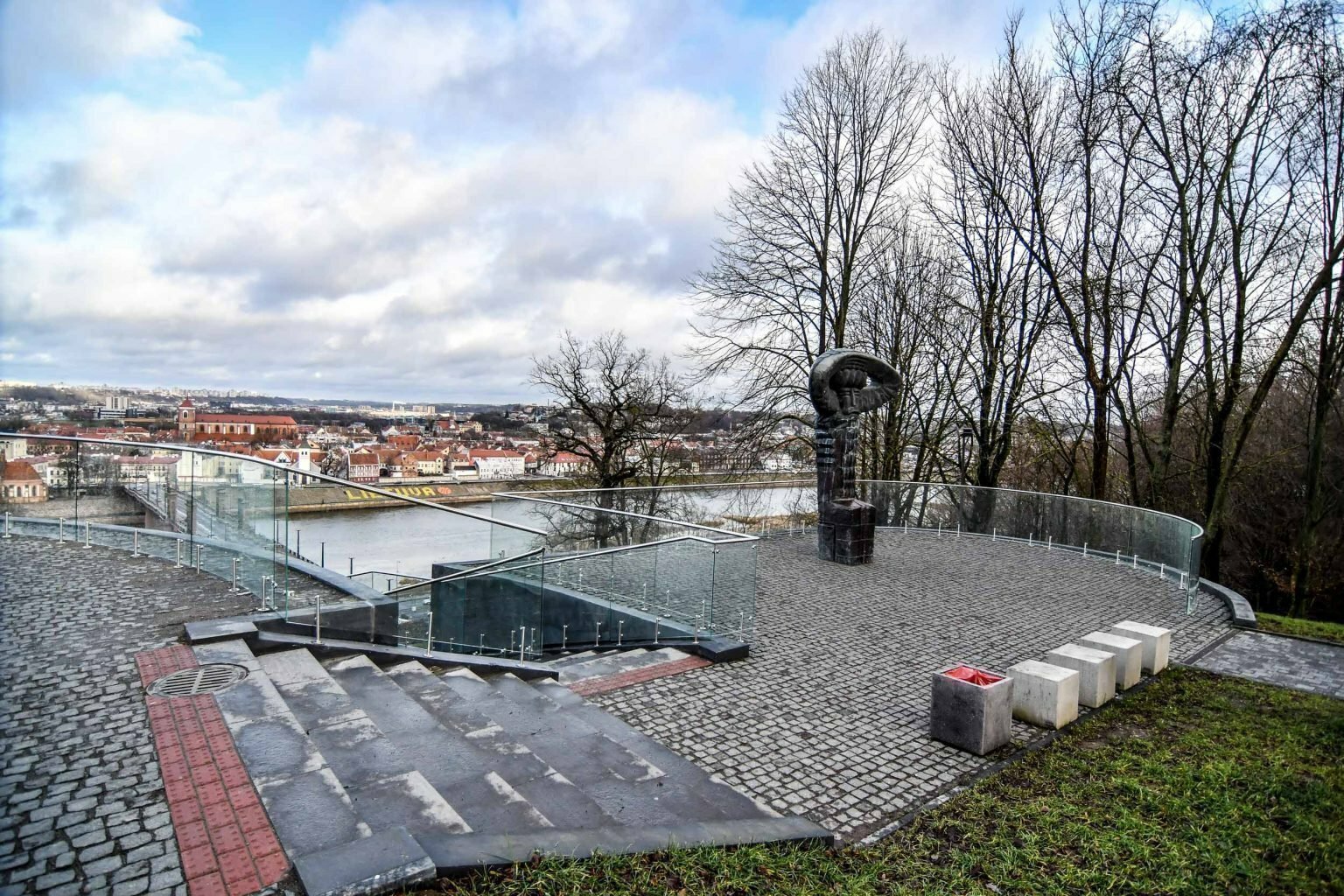
Kaunas Lagoon is the largest artificial lake in Lithuania, created in 1959. The regional park, where you will find the lagoon, was established in 1992 to preserve the unique landscape, natural ecosystem, and heritage values. Mixed and deciduous forests dominate the shores of the lake, and the area is abundant with plant and animal species and has more than 30 natural and cultural heritage sites.
